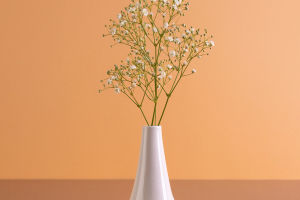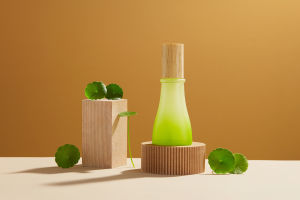Lucky bamboo is a popular garden ornamental plant that is also widely planted in homes and offices. It is an evergreen subshrub of the Agave family, with a plant height of up to 4 meters.
Lucky bamboo has a bamboo-like appearance, but it is not actually a true bamboo. Its long and narrow arrow-shaped leaves are either dark green or light green, making it a beautiful addition to any space. Lucky bamboo stems are brown or gray in color with tiny white spots and stripes.
Native to the Galilee Islands and tropical regions of Africa and Asia, lucky bamboo thrives in a damp and high-temperature environment with a suitable temperature range of 18-24°C. It is best grown in well-drained sandy soil or semi-silt and alluvium clay.
Lucky bamboo is a perennial evergreen herb with smooth emerald green stems and gorgeous leaf color that are widely used for cutting branches. It is mainly used as a potted ornamental plant with high ornamental value.
Here are some tips on how to grow lucky bamboo:
1. Choose healthy lucky bamboo. When purchasing lucky bamboo, select healthy plants with straight stems, bright green leaves, and no pests or diseases.
2. Prepare suitable soil and containers. Lucky bamboo prefers well-drained, fertile soil. Nutrient soil with good air permeability and rich organic matter is recommended. Containers with good air permeability, such as ceramic pots or plastic pots, are also ideal.
3. Plant lucky bamboo. Soak the roots of lucky bamboo in clean water for about half an hour to ensure they absorb enough water. Put a thin layer of gravel or sand at the bottom of the container to increase drainage. Add soil to the container, leaving proper space. Place the lucky bamboo plant in the container, fill the soil, pat it down, and water thoroughly.
4. Maintain lucky bamboo. Lucky bamboo naturally prefers a warm and humid environment with sufficient astigmatism. It likes light but is not resistant to strong light, and too strong or weak light will have serious adverse effects on the plant.
Lucky bamboo is suitable for placement in an area with weak light and moderate humidity, but overwatering should be avoided to prevent root rot. Fertilizing every two weeks or so can also increase nutrient supply.
5. Propagate lucky bamboo. Lucky bamboo can grow new plants through side buds on the top of the stem and can also be propagated by cuttings and divisions. Grouping multiple plants together can make lucky bamboo lusher.
Lucky Bamboo is considered an auspicious plant that symbolizes longevity, happiness, health, wealth, and prosperity. Therefore, lucky bamboo is widely planted in homes and commercial places. If you grow lucky bamboo in your home, it can bring good luck and prosperity to your family.
Lucky bamboo is a beautiful garden ornamental plant that not only adds greenery to our living environment but also has symbolic meaning. If you want to grow plants in your home or office, lucky bamboo is a good choice. With proper care, lucky bamboo can thrive and bring good fortune to your life.


